Xampler
Wray, B. (2019). XAMPLR. Retrieved August 05, 2019, from https://xamplr.com/
Description
Designed by AP Psychology teacher Brad Wray, Xamplr is a tool for teachers to help students develop a deeper understanding of psychology vocabulary by creating and identifying correct original applications of over 700 theories and concepts. Xamplr thus moves students beyond simply memorizing a definition to creating applications and recognizing the nuances which separate similar concepts. Students also benefit from recognizing incorrect or incomplete examples. As the instructor, you assign students “to do” lists of concepts students are working with currently for which they will create examples and non-examples. Xamplr creates a feed based on examples and non-examples created by all of the students in the class. Students viewing the feed will have to determine if the example they are viewing is or is not an accurate example of a specific psychological concept by choosing the “is” or “isn’t” button. The site records each student vote and after a particular response has 9/10 “is” or “isn’t” votes the site labels the response officially as an example or non-example. The site has a fun gamification aspect with a leaderboard showing student points. Xamplr awards points based on the number of examples and non-examples as well as factoring in accuracy and distribution of study time. The leaderboard tracks nationwide rankings to increase engagement through fun and competition.
Coming Soon to Xamplr
Stay tuned as a new and improved version of Xamplr is set to be released in the next couple of weeks. The new version will be mobile friendly and swipeable. Xamplr will soon include other subjects beyond psychology such as English or SAT vocabulary preparation. Improvements to the site’s algorithm will further automate the verification of examples and non-examples. Additional teacher controls, allowing for competition between classes will also be available soon.
Check the following article featuring the creator of Xamplr, AP Psychology teacher, and AP reader Brad Wray.
https://arundelhighnews.com/2018/05/15/arundel-high-teacher-creates-new-learning-platform/
Watch the following video from creator Brad Wray to learn how Xamplr works!
Peergrade
Engaging student peer review. (2015-2019). Retrieved August 10, 2019, from https://www.peergrade.io/
Description
Peergrade is a free online platform that creates a seamless process for both teachers and students to evaluate the written work of their classmates. Instructors can create and distribute a writing assignment, and students will submit their work electronically. The site then randomly allocates to each student the responses of other students about which they can provide feedback using a teacher provided rubric. Feedback can take the form of selecting choices from a predetermined set of questions created by the teacher, or the feedback can be designed to be open-ended. Each student will see the results of feedback provided anonymously by his or her classmates.
Additionally, the student receiving the feedback will also be able to comment on the quality of the feedback that he or she receives. Students, as a result, develop skills for giving and utilizing constructive feedback leading to a deeper understanding of topics and improved writing skills. Peergrade is easy to set up and navigate, student-friendly, and can be used for small and large written assignments, projects, videos, and presentations. Peergrade is capable with integration in the Canvas LMS.
https://docs.google.com/presentation/d/1xcTlWgY0Rr0Gc5kM6Qd9JpAMT0t_rq0iSugmXEUzFFg/edit?usp=sharing
Watch the following video to learn how easy it is to use Peergrade.
Visme
Create Interactive Online Presentations, infographics, animations & banners in HTML5 - Visme by Easy WebContent. (2019). Retrieved August 10, 2019, from https://www.visme.co/
Description
This site designed to help teachers and students create effective and attractive infographics, presentations, posters, web graphics, social media graphics, and documents has both free and premium (paid) options. The free version includes numerous editable templates. One of the free infographic templates is a comparison of introverts and extroverts that students or teachers could edit or use as a model to create other comparisons for personality psychology or other units. For example, students could create infographics to differentiate between classical and operant conditioning or to highlight the various perspectives in psychology.
Piktochart
Create Infographics, Presentations & Flyers. (n.d.). Retrieved August 11, 2019, from https://piktochart.com/
Description
Similar to Visme, Piktochart also has both a free and premium version and allows students and teachers to easily create unique infographics, posters, and brochures. The templates and tools provided make it simple to create visually engaging representations of information. Students could create projects to promote the reduction of stigma, highlight psychological research, advertise psychology clubs, or promote activities such as Brain Awareness Week in schools. Teachers can use Pikochart to present the class syllabus in a unique and engaging manner to both students and parents.
Books for Psychology class blogger Jessica Flitter uses Pikotchart to discuss her syllabus in a presentation for parent night.
https://create.piktochart.com/output/40343950-ap-psychology-2018-19-copy
LUcidchart
Online Diagram Software & Visual Solution. (2019). Retrieved August 06, 2019, from https://www.lucidchart.com/
Description
Lucidchart is a creative site that allows students and teachers to easily create a variety of graphic organizers, visual flowcharts, and diagrams. The free plan allows for the creation of up to 10 documents with a storage space of 100MB and connects with G Suite. The paid version offers unlimited users and storage and connects with Google Classroom, Canvas, Box, and other systems. There are a wide range of free templates for various diagrams, including flowcharts, mind maps, data flow, and sophisticated Venn diagrams. Within the education templates section, there are easy tools to create cause and effect, classification, word webs, clock diagrams, flow charts, planning charts, fishbone diagrams, and other graphic organizers. Lucidchart connects easily with Google Drive to allow for collaboration in real-time. The visualizing vocabulary template is especially effective for helping students connect psychological vocabulary to examples and other concepts. This tool integrates well with the Frayer model style of graphic organizer (concept surrounded by four boxes for the definition, characteristics, examples and non-examples). Teachers can even use Lucidchart to make effective seating charts for classrooms with a wide variety of layouts.
COggle
Simple Collaborative Mind Maps. (2019). Retrieved August 17, 2019, from https://coggle.it/
Description Similar to Lucidchart, Coggle allows teachers and students to create mind maps and flow charts. Students can invite other students to edit the project, and changes made by co-editors will appear in real-time. Coggle includes a message option that allows students to work collaboratively outside of class. Students can use Coggle to summarize units by visually making connections. For example, students can create a Coggle to summarize and connect the various theories of emotion, motivation, or personality. Coggle includes over 1600 icons and allows unlimited uploads of images. When completed, a Coggle can be downloaded as either an image or a PDF file. The free option allows you to create three private diagrams and unlimited public diagrams.
Watch the following video to learn how easy it is to use Coggle.
PArticipate
Inc, Participate. (2019). Participate. Retrieved August 10, 2019, from http://www.participate.com/
Description
Participate is a free service designed for supporting teacher professional development, but the collection creation feature can also be used by students working collaboratively, especially within problem-based or inquiry learning projects. This site creates a place for groups of teachers or students who are working together to share resources such as websites, videos, images, and links. Participate makes it possible for groups of teachers or students to create easy to share collections of resources. Teachers or students create and name a collection which organizes links to resources found on the Internet, which can be shared with others. The collections can be set to private, hidden, or public depending upon the purpose of the assignment or type of professional development. When viewing other collections, individuals can easily add materials to their collection. Students or teachers working collaboratively on a project have a place to collect and store relevant resources.
PAdlet
Padlet is the easiest way to create and collaborate in the world. (n.d.). Retrieved August 17, 2019, from https://padlet.com/
Description
Padlet is a free service similar to Participate, which allows for collaboration and sharing of materials. A Padlet is a blank digital page to collect videos, images, text, documents, responses, and notes that can be shared and worked on collaboratively.
Students working together on group projects can use Padlet to share resources, including notes and ideas. Teachers can pose questions, such as entrance or exit tickets to a Padlet, and collect information about student understanding. Students can take an image of their completed work and share it to Padlet for class discussion and constructive feedback. There are privacy settings that allow teachers to have the ability to approve messages before they are posted publicly.
PearDEck for Google SLides
Pear Deck for Google Slides. (2019). Retrieved August 07, 2019, from https://www.peardeck.com/googleslides
Description
Pear Deck is a free add on for Google Slides that easily makes presentations in Slides interactive, formative, and engaging. Students need to log on to the presentation with an access code provided by the teacher, which allows them to interact with questions within the presentation. A variety of editable slides exist for bell ringers, checks for prior knowledge, checks for understanding, summarizing, exit tickets, polls, and self-evaluation components. Pear Deck instantly makes presentations interactive, which can be used both in class and as part of a flipped classroom model. Pear Deck can also be used by students to make their presentations more interactive.
SOcrative
Socrative. (2019). Retrieved August 12, 2019, from https://socrative.com
Description
The Socrative site makes it easy to create formative assessments for student learning in an interactive format that generates data for teachers about student understanding. Students can participate in Socrative formatives, quizzes, and exit ticket using a laptop, tablet, iPad, Chromebook, or smartphone. Formative assessments can be true/false, multiple-choice, or open-ended in design. The formative assessments can be delivered in a variety of manners. For example, teacher-paced allows the entire class to answer questions at the same time and shows feedback regarding the most frequently reported answers (student names are not visible to the class). Instructors in the teacher-paced delivery method control the pace of question delivery and observe responses from students in real-time. The student-paced delivery method can be used for individual quizzes, entrance tickets, or exit tickets. In the student-paced delivery method, students can skip questions, and finish at their own pace, and teachers can monitor progress using the Live Results table. Regardless of the delivery method, students receive feedback about their responses immediately and can have access to answer explanations if those are added by the instructor. Results from the activity can lead to more targeted instruction and differentiation opportunities. Instructors can share quizzes by sharing the unique SOC number associated with the quiz. Other teachers can import the quiz using the SOC number.
Watch the following video to learn how Socrative work
FLIPGRID
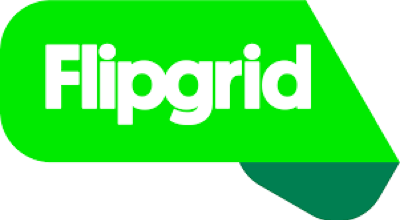 image via flipgrid.com
image via flipgrid.com Flipgrid. (2019). Retrieved August 15, 2019, from https://flipgrid.com/
Description
Flipgrid is an app that allows students to respond to teacher prompts with short video responses and respond to the videos of other students creating a new type of discussion format. Instructors create “grids,” which function like message boards where students respond with short videos about specific topics or questions. Students do not create accounts but use their school email or a QR code to join the discussion where they will click on the green plus sign to record their video. The default video length time is 90 seconds, but it can be adjusted to record between 15 seconds and five minutes. It is important to note that only the grid owner (instructor) can download the videos after they have been submitted by the students. The instructor can choose if students can view and respond to their classmate's videos or if the videos will remain only visible to the instructor.
Review the following lists of Do’s and Don’ts created by Flipgrid for classroom use.
http://static.flipgrid.com/docs/Flipgrid_dos_donts.pdf
Consider using the consent form created by Flipgrid for the classroom.
https://static.flipgrid.com/docs/Flipgrid_consent_form.pdf
iScore5 AP Psychology
Brandt, L., Fenton, N. (2019). IScore5 AP Psychology. Retrieved August 06, 2019, from http://www.iscore5.com/apreg-psychology.html
Description
The iScore5 AP Psych app is designed as a fun and interactive way for students to earn high marks on the AP Psychology exam. The app functions like a game to help students to master over 800 vocabulary words for the AP Psychology course. The app goes beyond merely learning basic vocabulary by challenging students to master multiple-choice questions in levels of increasing difficulty. Experienced AP exam readers have written all of the questions. There is a bonus round that challenges students to recognize key figures in psychological science, and when students reach level five, they will have the opportunity to take an original AP Psychology exam consisting of 100 questions formatted the same way as the AP exam. Finally, students are given two practice Free Response Questions with provided rubrics to determine their score. The app is compatible with iPhone, iPad, and Android phones and tablets.
The interactive interface of the app is easy to navigate, and students may choose to return to study mode to practice basic vocabulary at any point during the game. The app records a running score allowing students to monitor their progress and better understand the concepts they will need to know for the exam. Within each level, including the study mode, the questions and practice items are organized according to the key topics outlined by the nine units in the official College Board AP Psychology course outline.
The app is also an effective way for students to prepare for classroom unit exams, midterms, and finals. Because it is portable and easily accessed by phone or tablet, students are more likely to review more often than with traditional review books. Even if students only have five or ten minutes to review at a time, this will result in an impressive increase in knowledge of psychology content due to the spacing effect.
Get the iScore App!
The iScore 5 AP Psych app is now available for $4.99 in the iTunes app store for Apple or Google Play for Android.
iTunes https://itunes.apple.com/us/app/iscore5-ap-psych-2016/id1084611907?mt=8
Google Play https://play.google.com/store/apps/details?id=com.iscorePysch
The technology listed in the post is certainly not all-inclusive but should provide a wide range of ways to shake up your instruction and improve engagement.


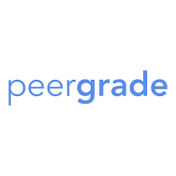

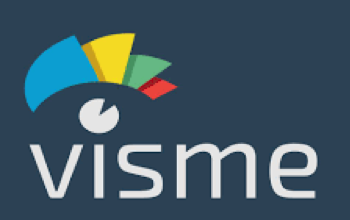
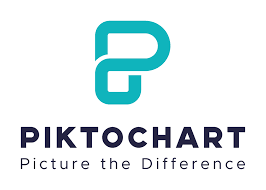
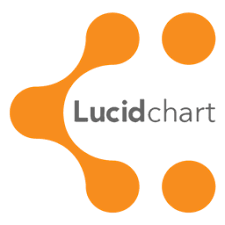

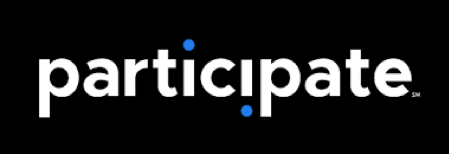
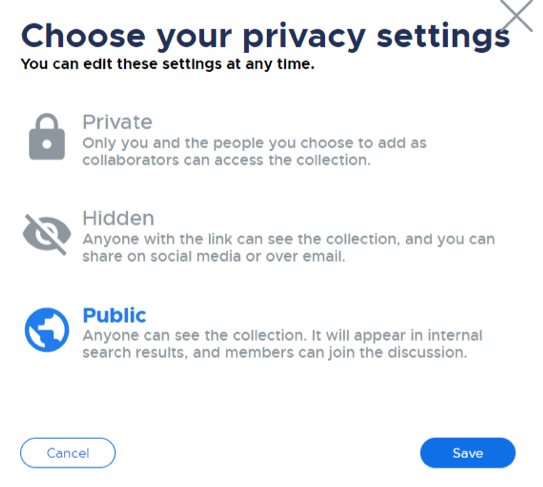
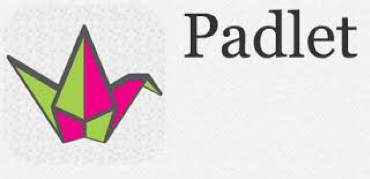
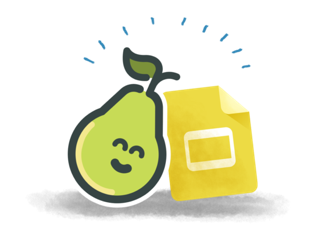

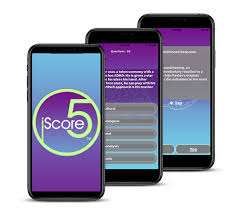
 RSS Feed
RSS Feed